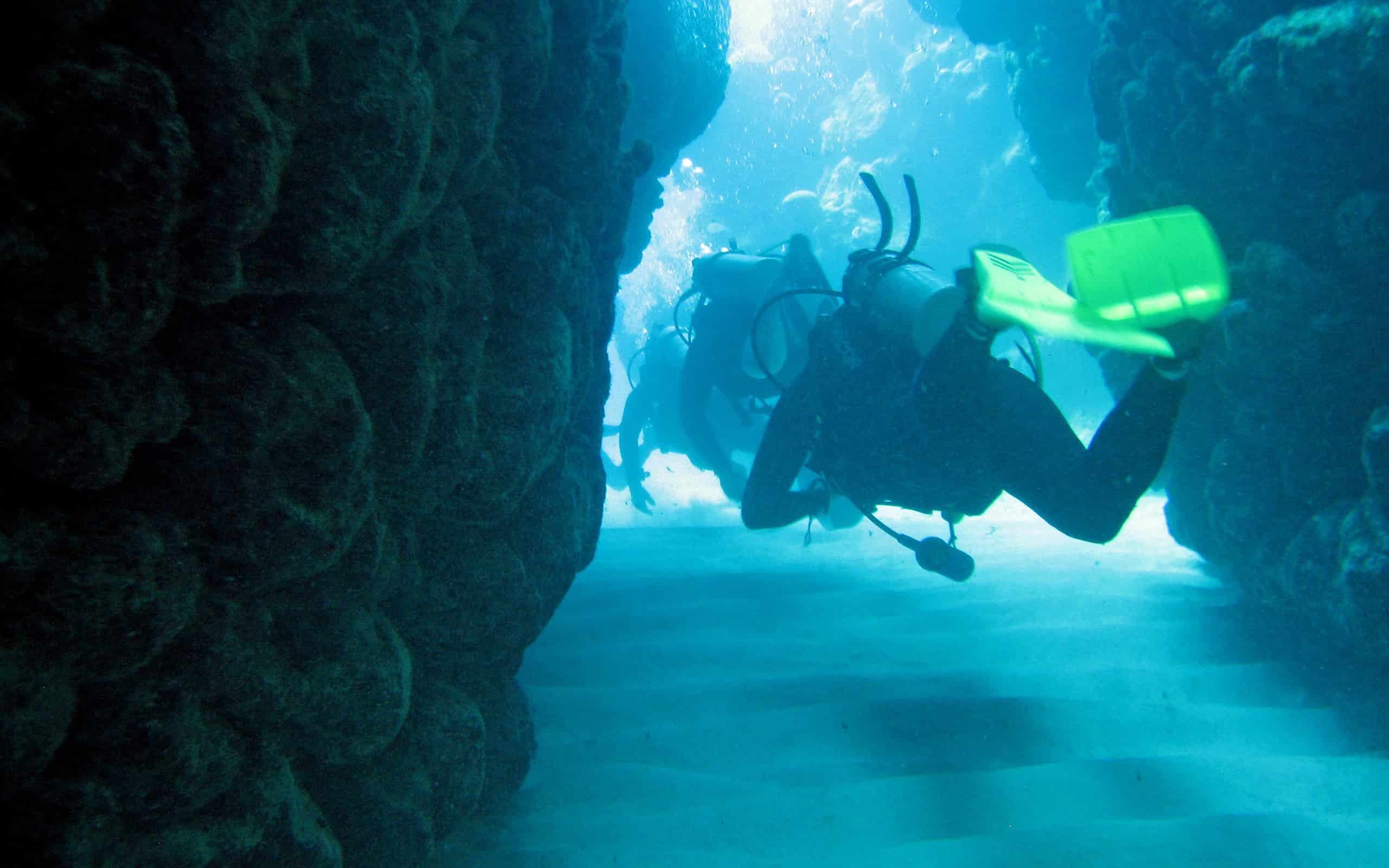Scuba diving is an incredibly fun experience. You get the chance to see some amazing underwater sights and animals with your own eyes, instead of through pictures or TV screens. For those who like a bit of a challenge, there’s also the option to scuba dive into caves or explore sunken ships. Many destinations are plenty safe for all levels of divers to go. However, like with anything, some places are considered dangerous scuba diving destinations.
These 12 sites might be beautiful, but they are also dangerous. A mix of extreme depths, cold water, narrow passageways, dark tunnels, and unexpected currents make some places incredibly dangerous to dive in. Only experienced divers, with guides, should attempt these places below.
1. The Temple of Doom in Tulum, Mexico

There are thousands of holes like this in Mexico, full of places to dive and explore.
©Mala Iryna/Shutterstock.com
This cave is known as Cenote Esqueleto and it’s in Tulum, Mexico. However, due to the dangers of the underwater cave system, it has been nicknamed “The Temple of Doom.” Though the cave isn’t inherently dangerous, the narrow spaces lack of visibility, and winding passageways make for severe and dangerous consequences for those who aren’t experienced.
2. The Shaft Sinkhole in Mt. Gambier, Australia
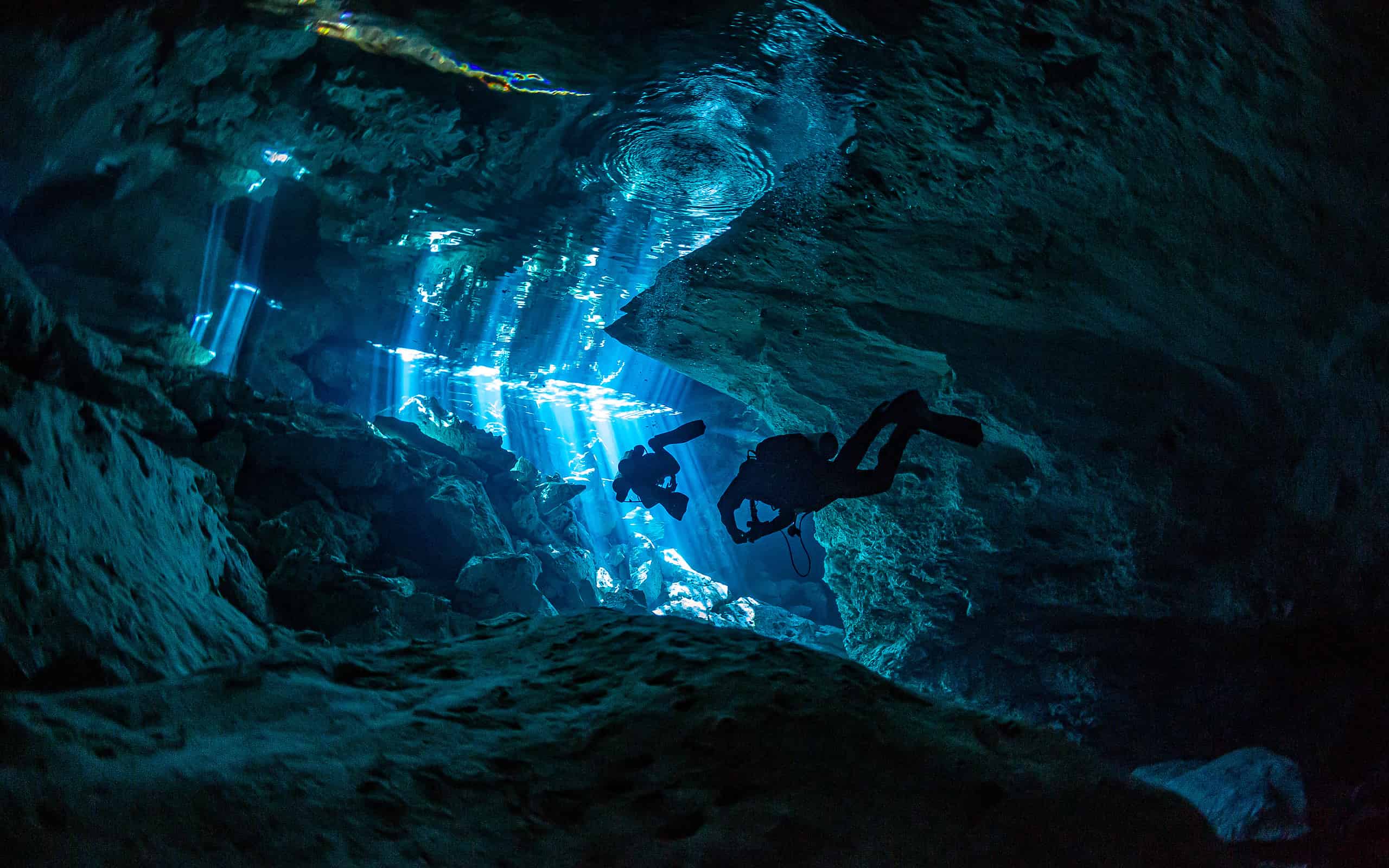
While cave diving can be fun, it’s easy to get turned around and lost.
©Wojciech-P/iStock via Getty Images
The area around Mount Gambier in Australia is full of wonderful cave diving experiences in the world. There are also plenty of dangerous caves in the area. The Shaft Sinkhole is the worst of the underwater caves. It starts with a tiny opening that drops to 25 feet below the water. After that drop, the cave system opens up to numerous other pathways and tunnels. Due to the depth and the complexity, it makes it incredibly dangerous.
3. Jacob’s Well in Wimberly, Texas
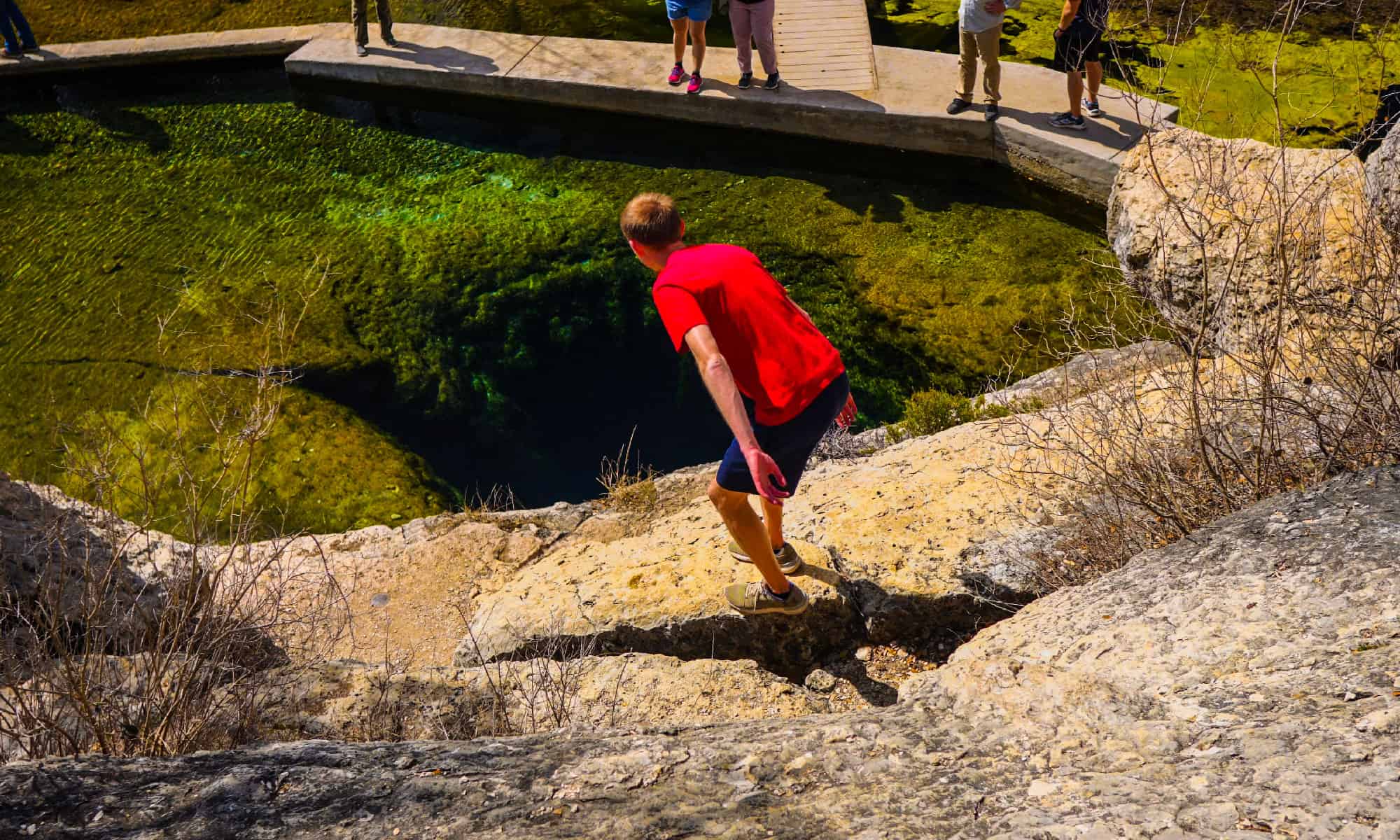
A mix of strong currents, loose gravel, and tight, narrow passageways make this area rather dangerous.
©Christian Perry/Shutterstock.com
On the surface, Jacob’s Well in Wimberly, Texas looks like any other fresh spring swimming hole. It’s a relatively safe place to swim. However, when it comes to cave diving, it’s a different story. The first two chambers are usually rather safe, but the last two chambers are a lot more dangerous. The loose gravel and winding passageways make it nearly impossible to see, and it’s easy enough for divers to panic and use up all of their air.
4. Eagle’s Nest Sinkhole in Weeki Wachee, Florida

Weeki Wachee in Florida is a popular place to swim around and see mermaids but it’s also home to a dangerous cave system.
©Danielle Leonard/iStock via Getty Images
There are a few places to dive in springs throughout Florida. Eagle’s Nest Sinkhole is located on the west side of Weeki Wachee Springs. It reaches down to a depth of 1035 feet. It’s easy for divers to start to grow disoriented as they dive down. This leads to many divers pushing themselves further than they can safely go, and they end up running out of oxygen or getting lost.
5. Samaesan’s Hole in Samae San Islands, Thailand
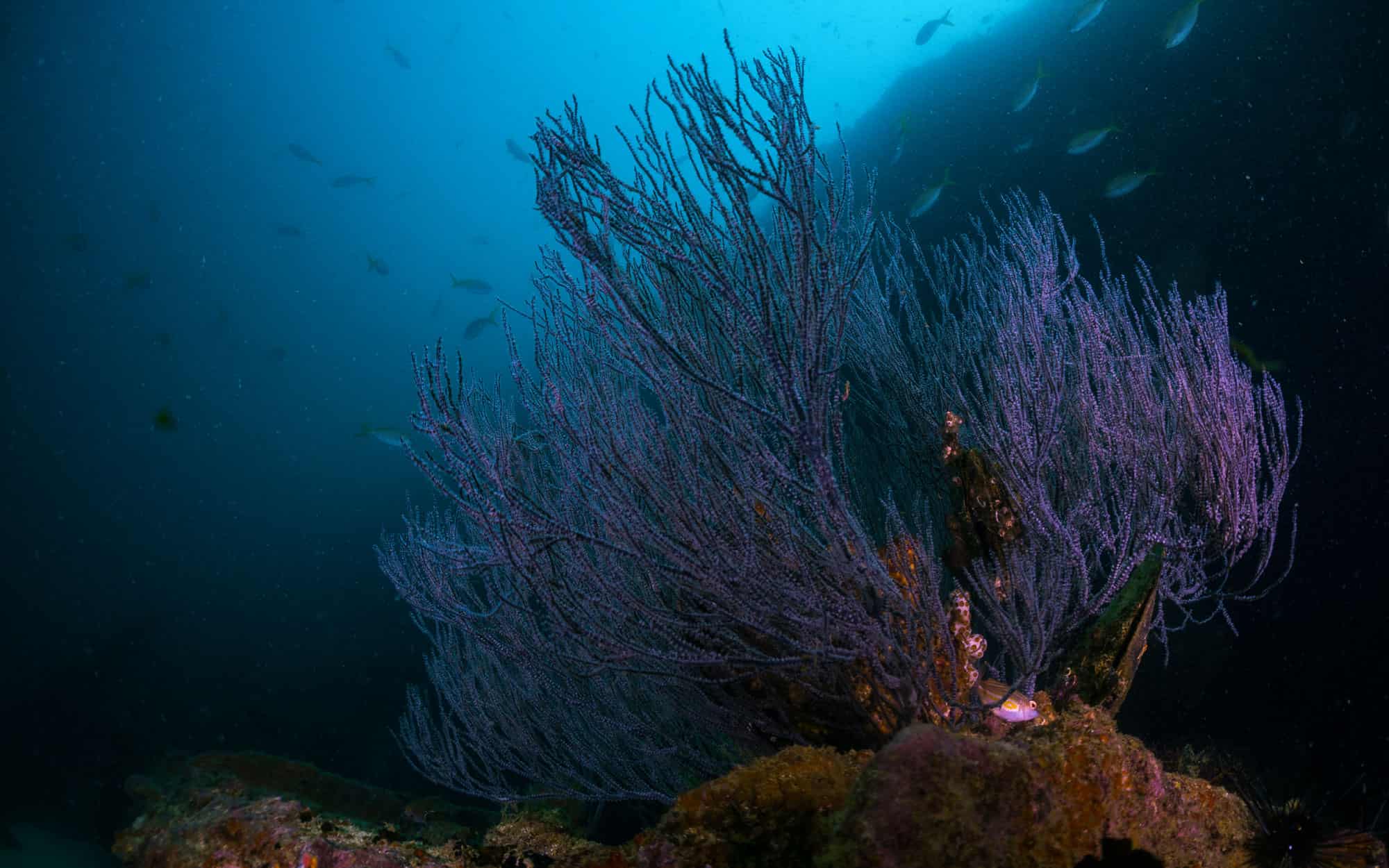
Most people scuba or snorkel around the Gulf of Thailand to see the beautiful reefs but some people push their limits and end up in dangerous places.
©Bangtalay/Shutterstock.com
With narrow passageways and painfully tight places, it’s easy to become stuck in Samaesan Hole off of the Gulf of Thailand. The hole is also known for its strong currents that make it almost impossible for many divers to reach the surface again. Samaesan Hole is 300 feet deep and incredibly dark.
6. Egypt’s Blue Hole in Dahab and Sinai, Egypt
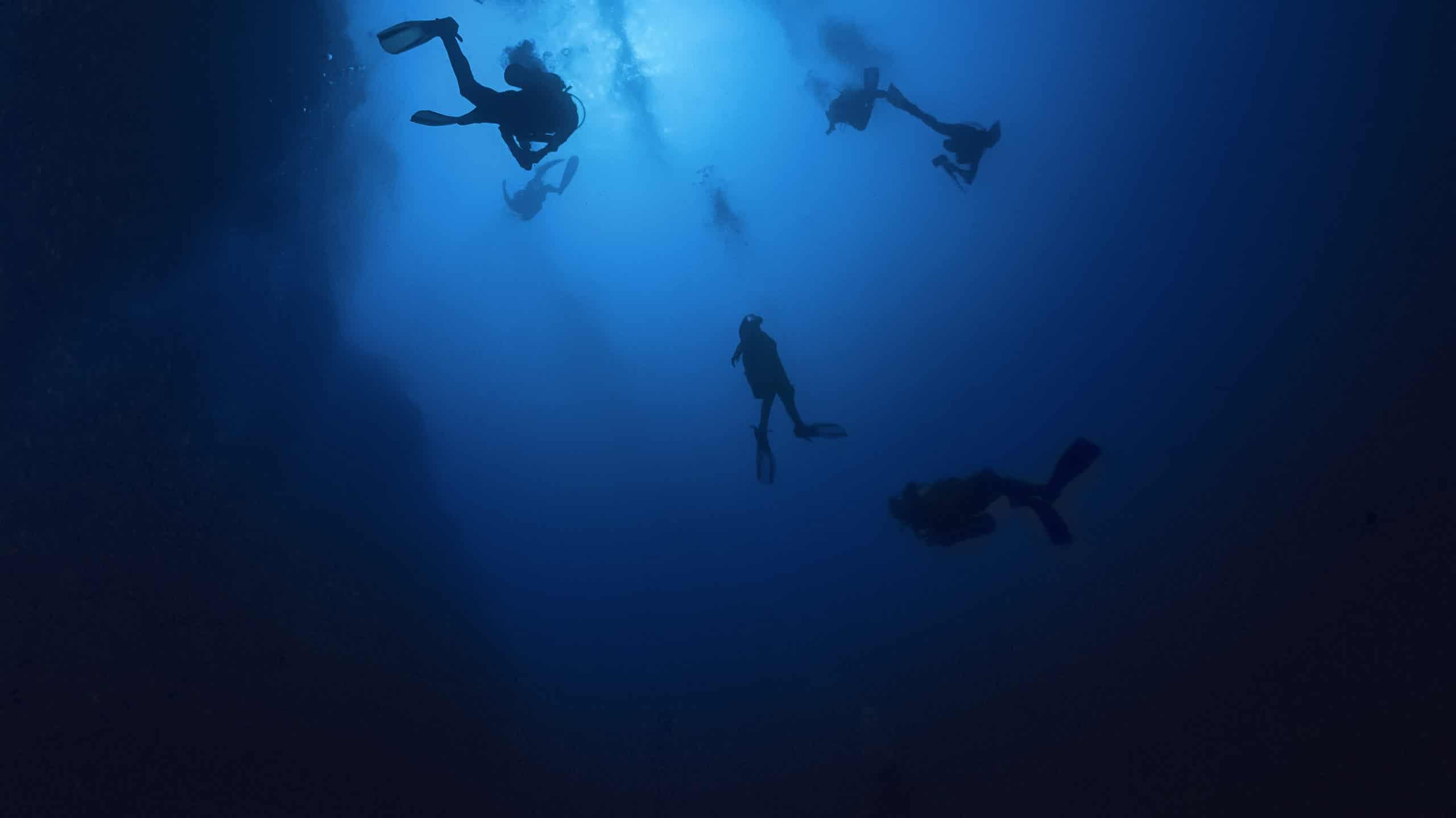
Though the cave is rather easy, many people miss the markers in Egypt’s Blue Hole telling them when it’s time to turn around.
©Angelo Giampiccolo/Shutterstock.com
The Blue Hole in Dahab and Sinai, Egypt is one of the most dangerous sites for diving in the world. It’s so well-known among the diving community that divers gave it the nickname “Diver’s Cemetery”. The main danger is an area known as ‘the arch.’ This is meant to be the limit of the dive, but many people who experience nitrogen narcosis miss the arch and continue diving down.
7. Devil’s Caves in Ginnie Springs, Florida
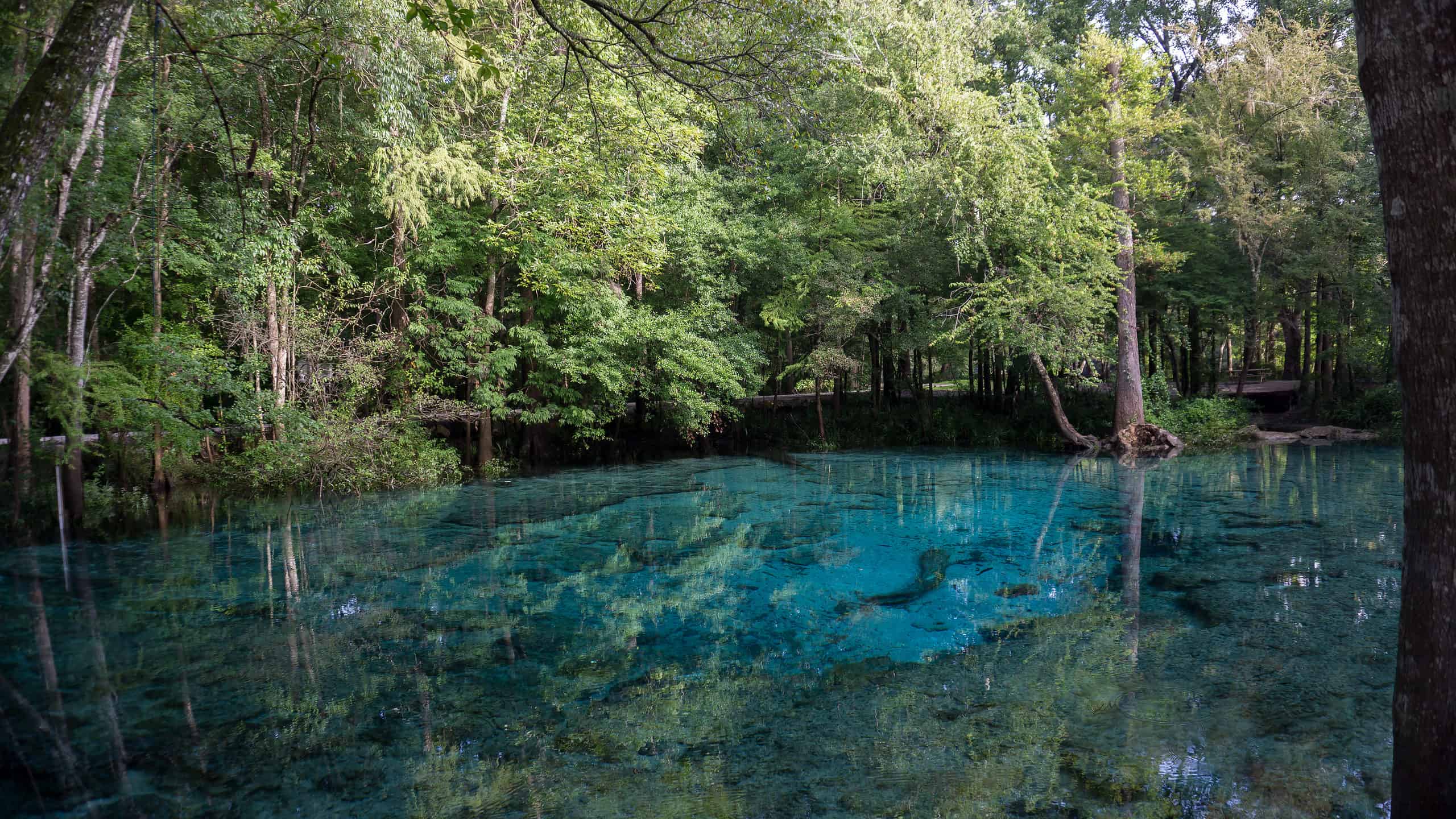
Peaceful springs on the surface are home to caves with intense water systems underground.
©Zoe Esteban/Shutterstock.com
Gennie Springs in Florida is home to another dangerous scuba destination. The cave system is known as the Devil’s Caves. It’s a popular destination where only certified cave and cavern divers are allowed to explore. Despite this, it’s still a challenge for many of them. There are many caves associated with Devil’s Caves, but it is Little Devil, Devil’s Eye, and Devil’s Ear that are the most dangerous due to the deceptively strong current.
8. Blue Hole in Lighthouse Reef, Belize
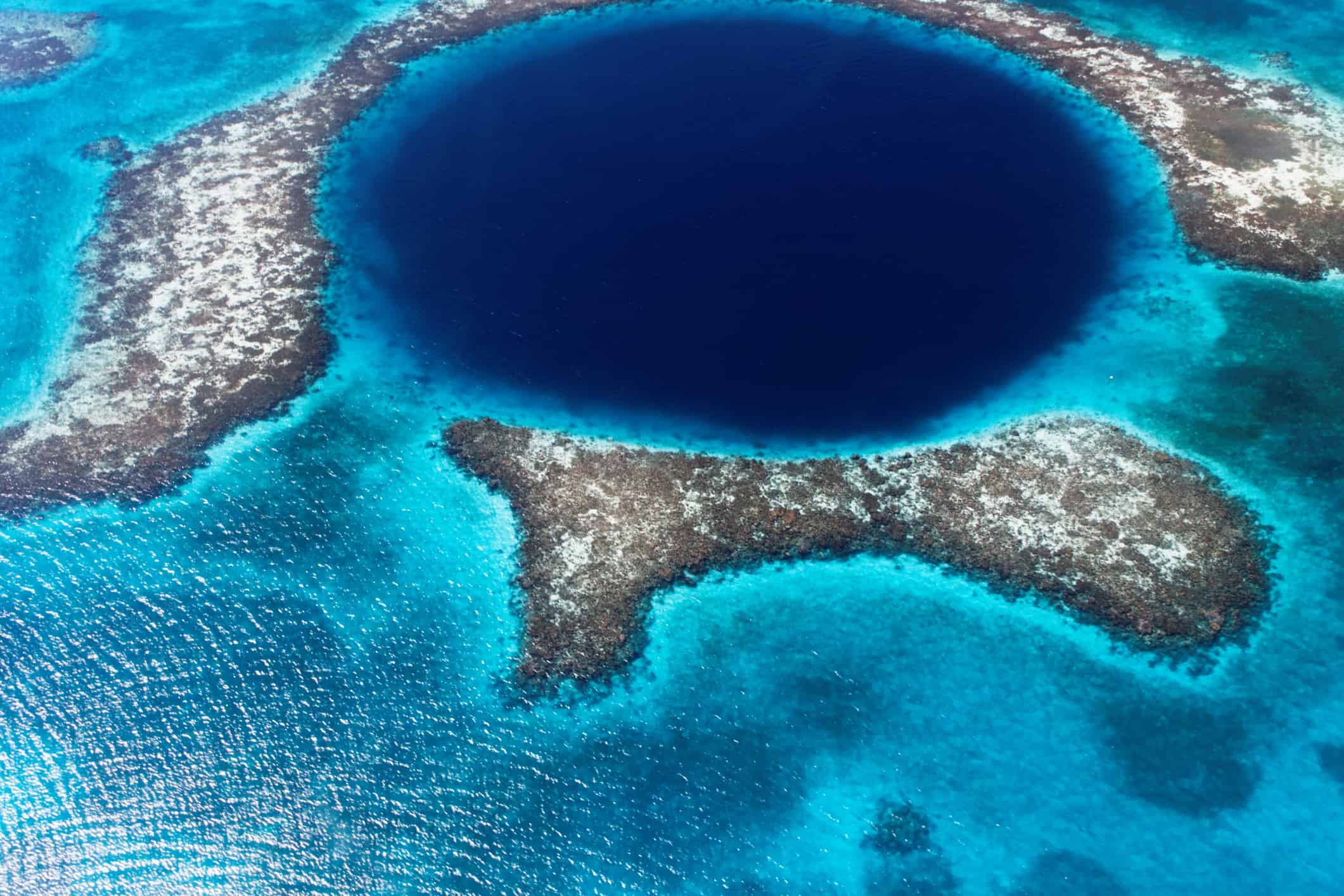
Even open, beautiful, and clear water leads to dangers when scuba diving.
©iStock.com/Lomingen
The Blue Hole in Belize appears beautiful and open, but many divers don’t know the dangers that lie underneath. The main issue is due to the depth. It reaches down 407 feet below the surface of the water. Many divers push themselves to try and go just a little further, not realizing the danger they put themselves in. Additionally, after 110 feet, the walls are covered in stalactites that can injure the diver or their diving gear.
9. Peterman Island in Antarctica
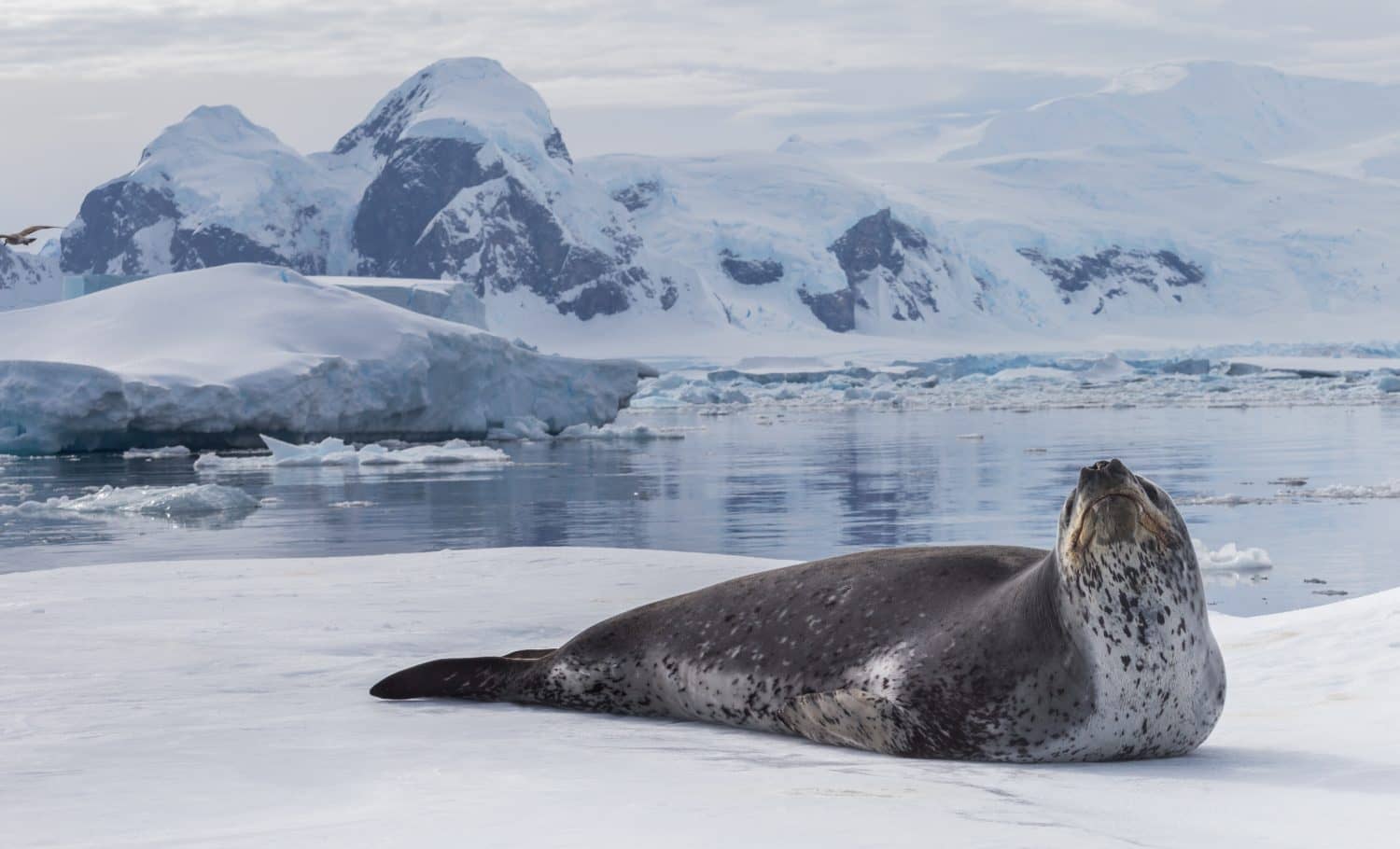
The icy surface of Antarctica is dangerous but it doesn’t pose nearly as much danger as the water underneath.
©ViktoriaIvanets/Shutterstock.com
Antarctica is a popular dive spot, as there’s a lot to see under the water. It’s generally crystal clear and offers views of adorable underwater animals and ice formations. However, ice can shift and close back up holes, leaving divers lost under the surface of the water. The bracing cold isn’t a joke either.
10. Lake Titicaca in Bolivia and Peru
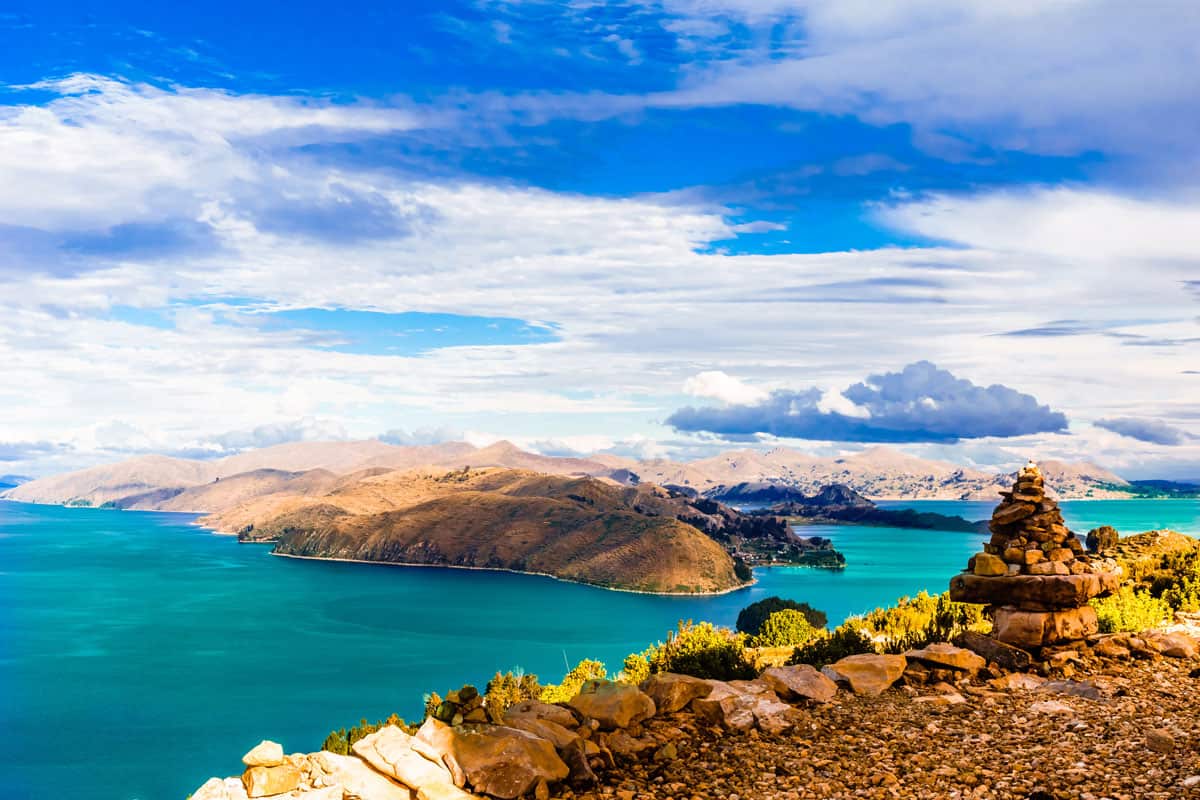
Lake Titicaca is famous for being the highest navigable lake in the world and has a lot to explore under the surface of its waters.
©iStock.com/StreetFlash
Most people know that when diving, low oxygen levels pose a problem, as it causes nitrogen bubbles in the bloodstream which can lead to death, disorientation, and sickness. However, many people don’t realize that diving in a lake at high altitudes means you’re already starting with much lower oxygen than normal. At 12,507 feet in the air, Lake Titicaca should only be explored by highly experienced divers.
11. Komodo, Indonesia
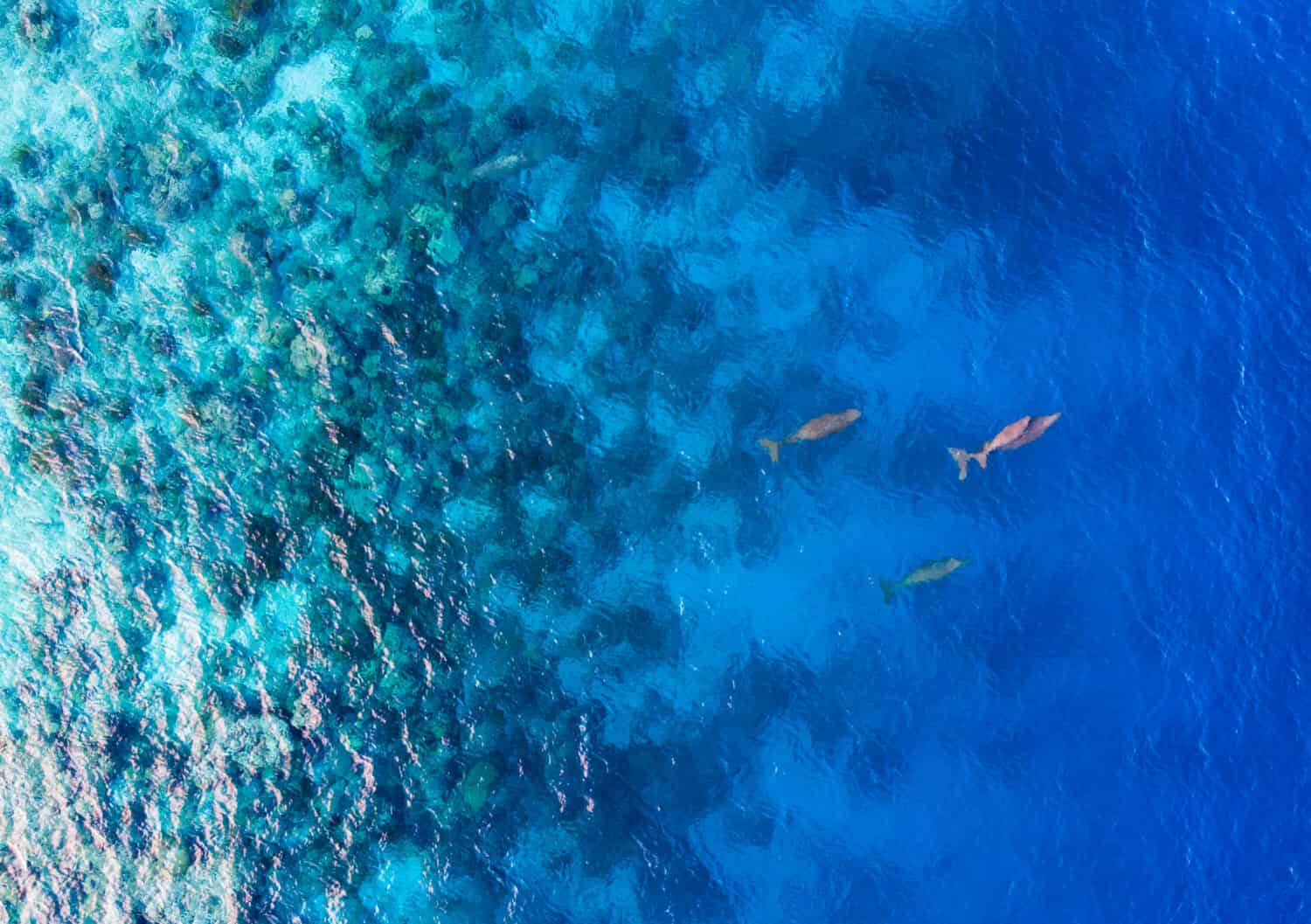
Komodo is between the Pacific and Indian Oceans, so the currents and the straits can sweep away unsuspecting divers.
©Bastian AS/Shutterstock.com
Scuba diving in Komodo is relatively harmless and absolutely beautiful if you do it right. However, if you go in while inexperienced or in the wrong location, it can easily grow dangerous. While some areas are pretty peaceful, depending on the time of day, the fullness of the moon, and the location, some areas have very strong currents. It’s important to bring a dive guide who’s experienced in the area along with you so you don’t end up dragged away because of the current.
12. Arabia in Tobermory, Ontario

Exploring shipwrecks is fun, but a strong current and poor visibility along with a pretty deep depth makes the Arabia in Ontario a dangerous sunken ship to explore.
©Kichigin/Shutterstock.com
Arabia is a 130-foot-long shipwreck. Though there are times of the day and year when it’s peaceful and relatively easy to explore, there are a lot of challenges that make it quite dangerous. For example, the depth is below 100 feet, which means that keeping an eye out on your oxygen levels is a must. The water is also incredibly cold. On occasion, there are strong currents that appear out of nowhere, and visibility can drop to almost nothing.
Summary of the Most Dangerous Scuba Diving Destinations Throughout the World
| List Number | Diving Destination | Location |
|---|---|---|
| 1 | The Temple of Doom | Tulum, Mexico |
| 2 | The Shaft Sinkhole | Mount Gambier, Australia |
| 3 | Jacob’s Well | Wimberly, Texas |
| 4 | Eagle’s Nest Sinkhole | Weeki Wachee, Florida |
| 5 | Samaesan’s Hole | Samesan Bay, Thailand |
| 6 | Egypt’s Blue Hole | Dahab and Sinai, Egypt |
| 7 | Devil’s Caves | Ginnie Springs, Florida |
| 8 | Blue Hole | Lighthouse Reef, Belize |
| 9 | Peterman Island | Antarctica |
| 10 | Lake Titicaca | Bolivia and Peru |
| 11 | Komodo | Indonesia |
| 12 | Arabia | Tobermory, Ontario |
Thank you for reading! Have some feedback for us? Contact the AZ Animals editorial team.

